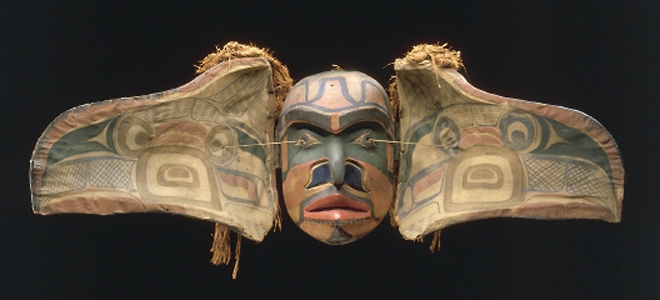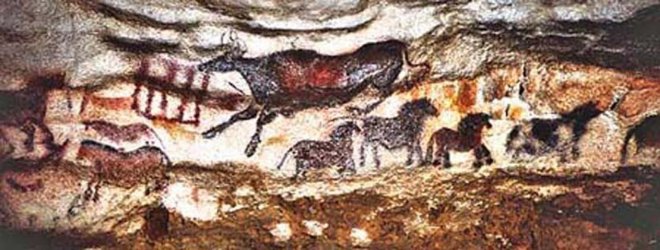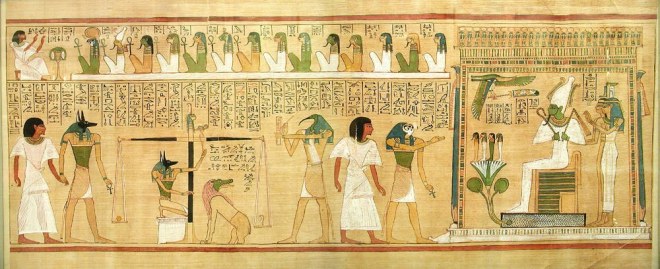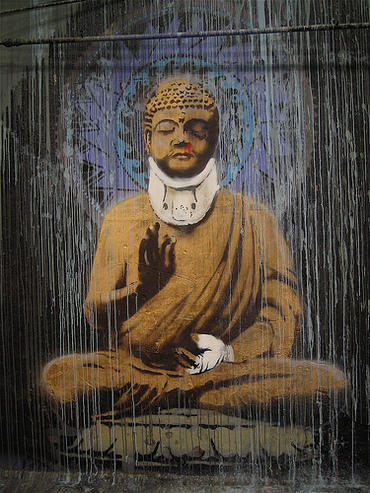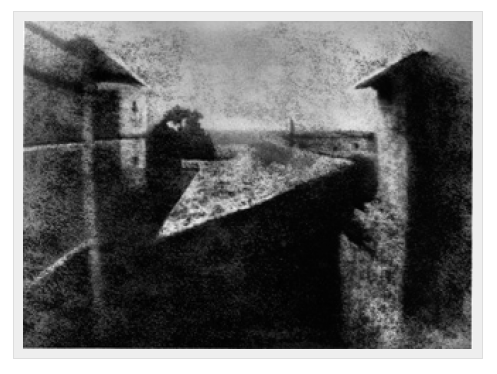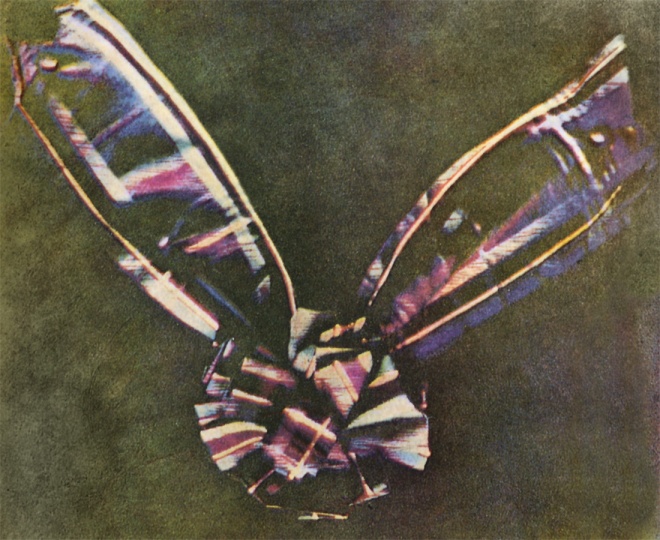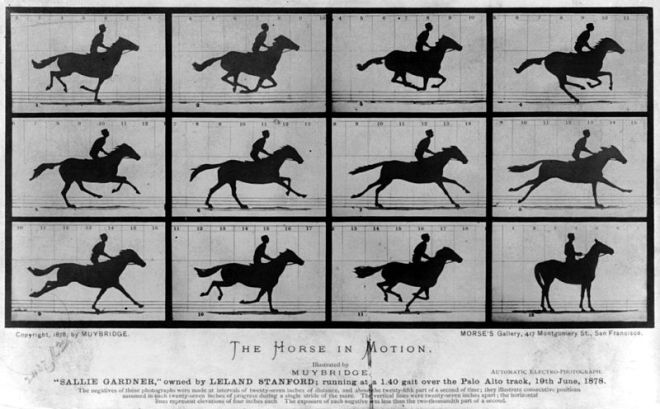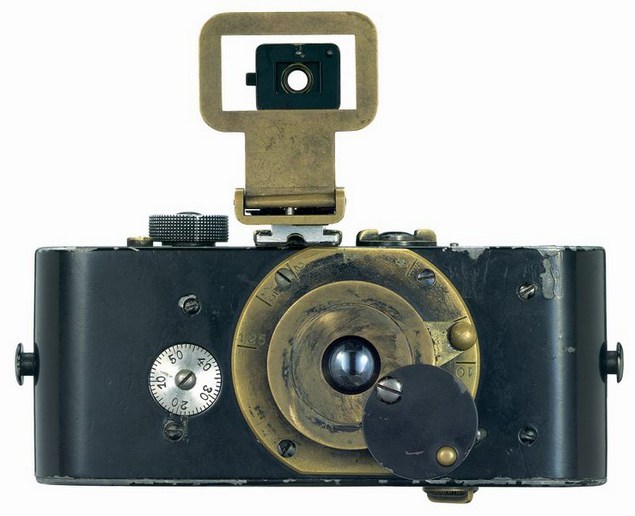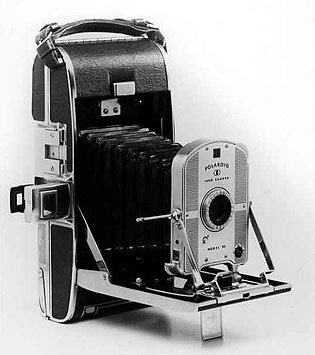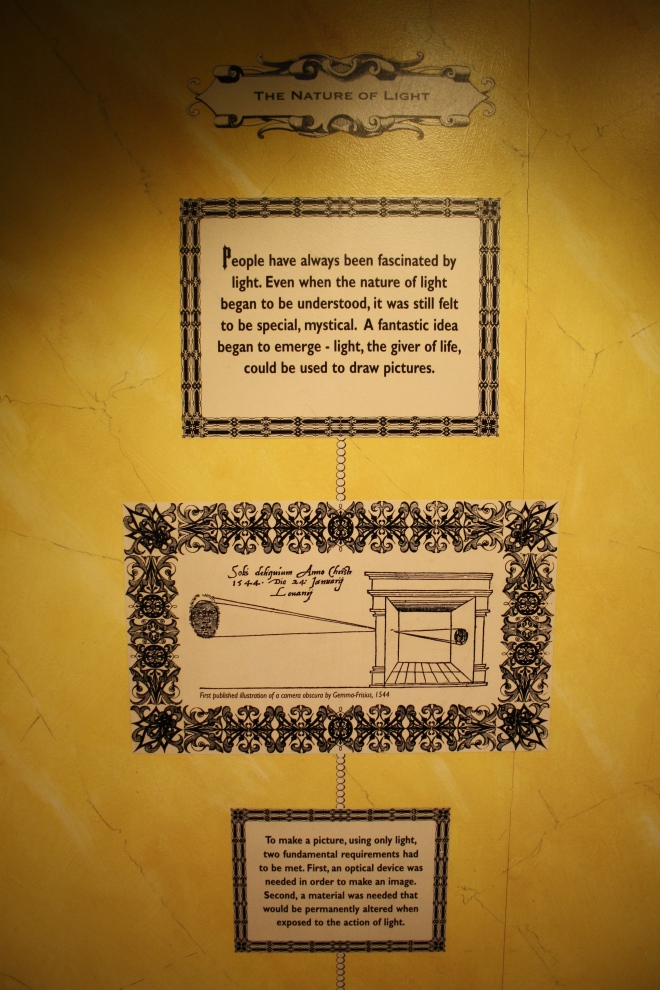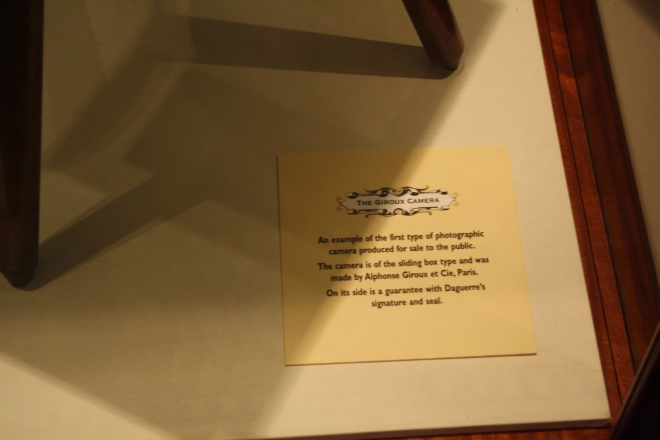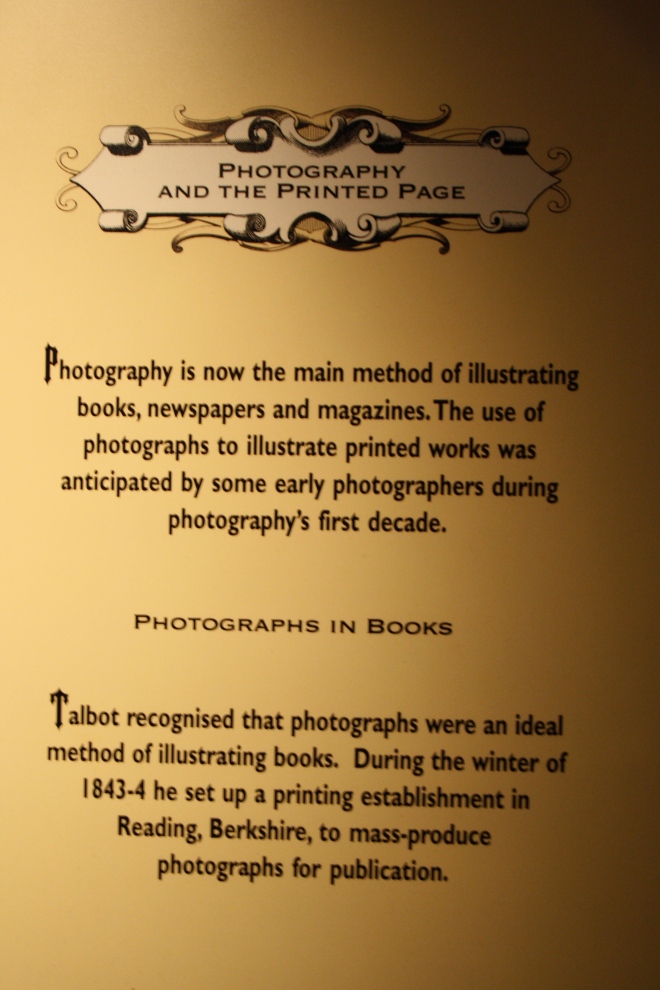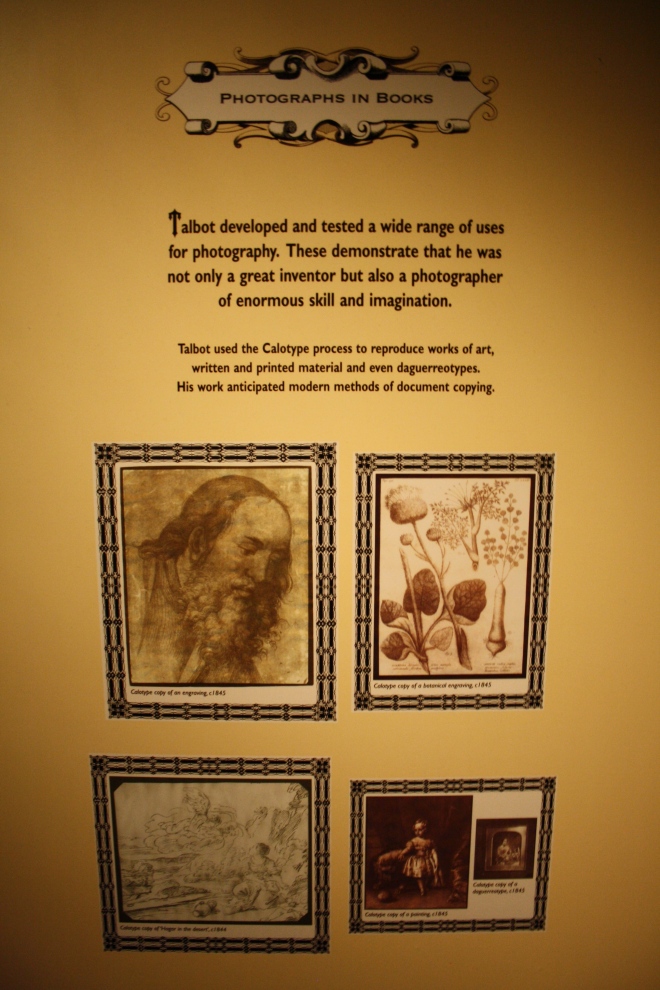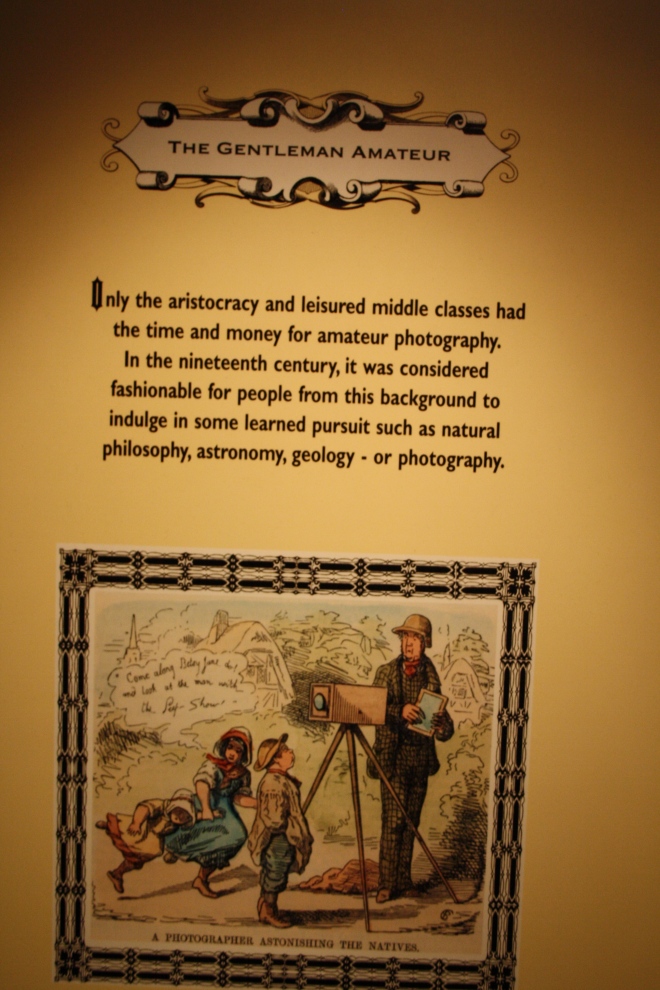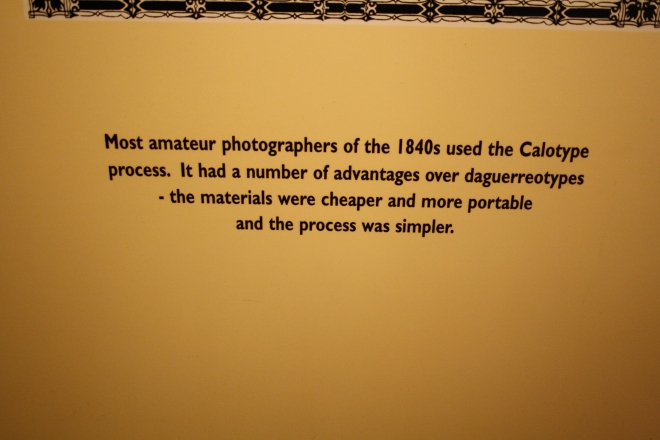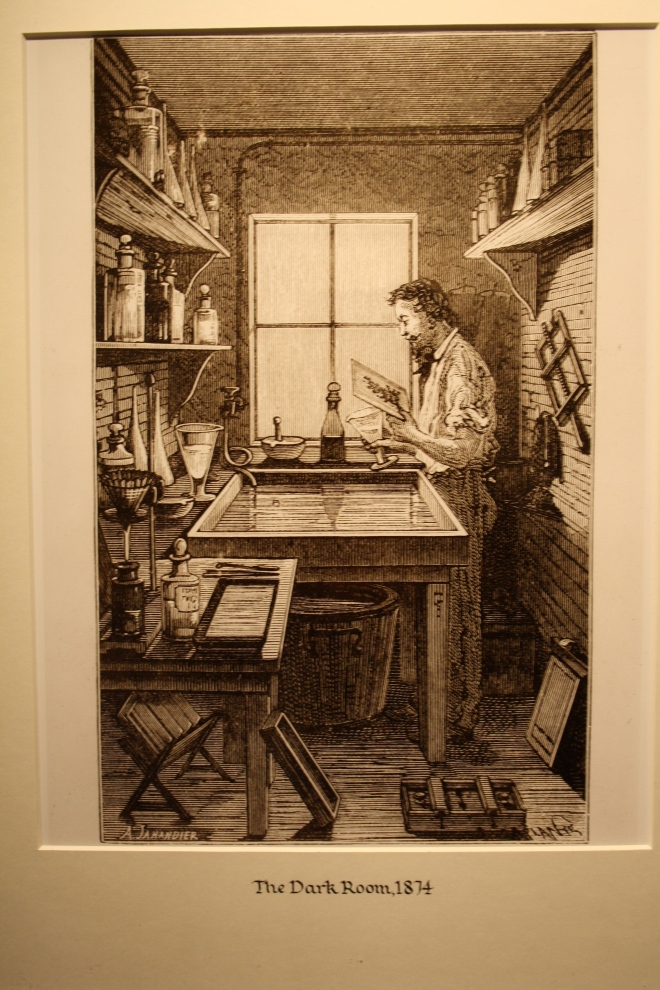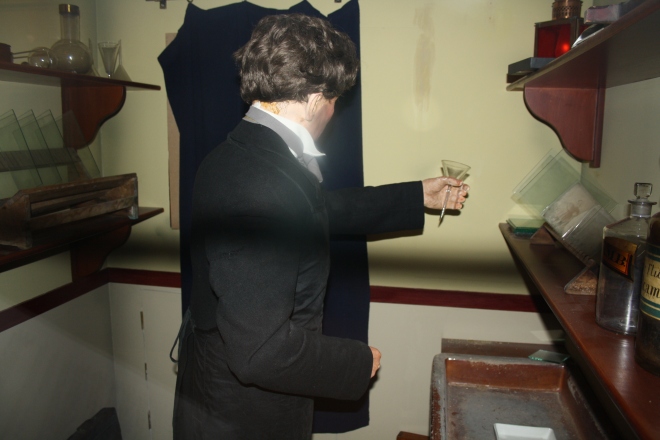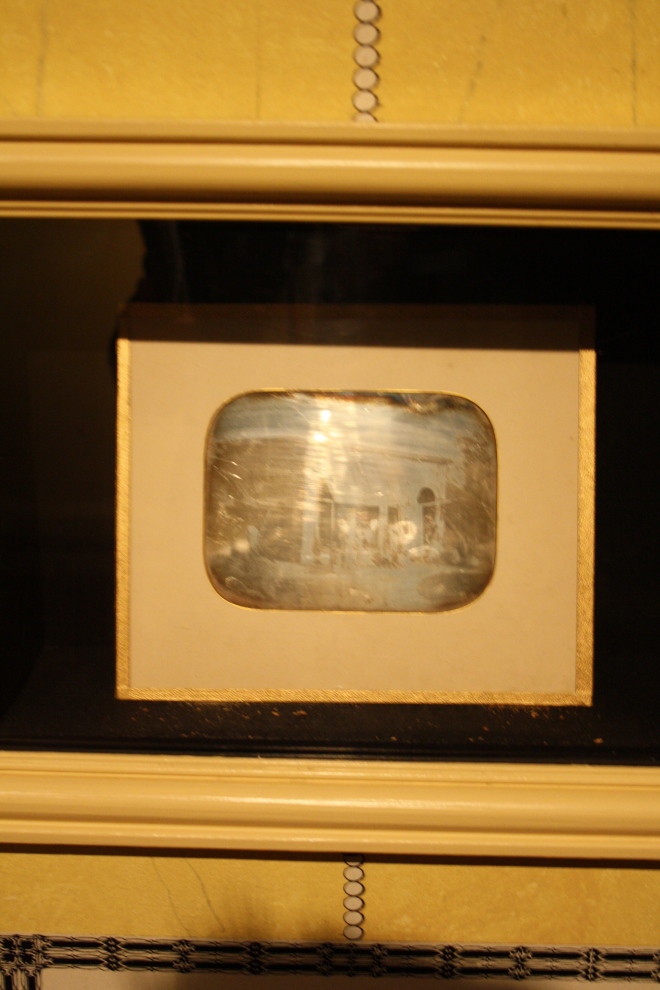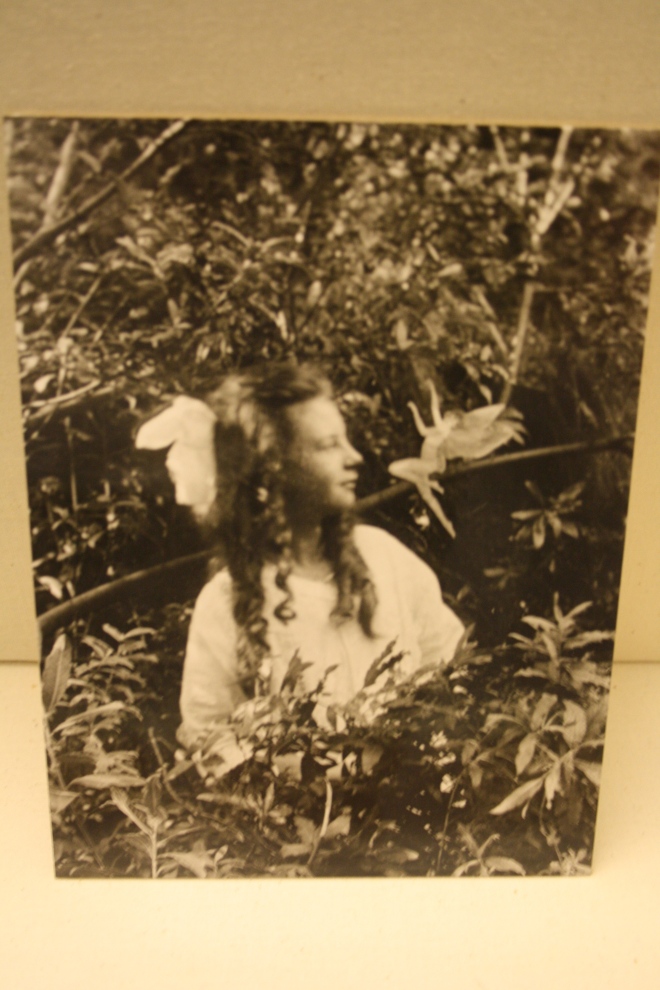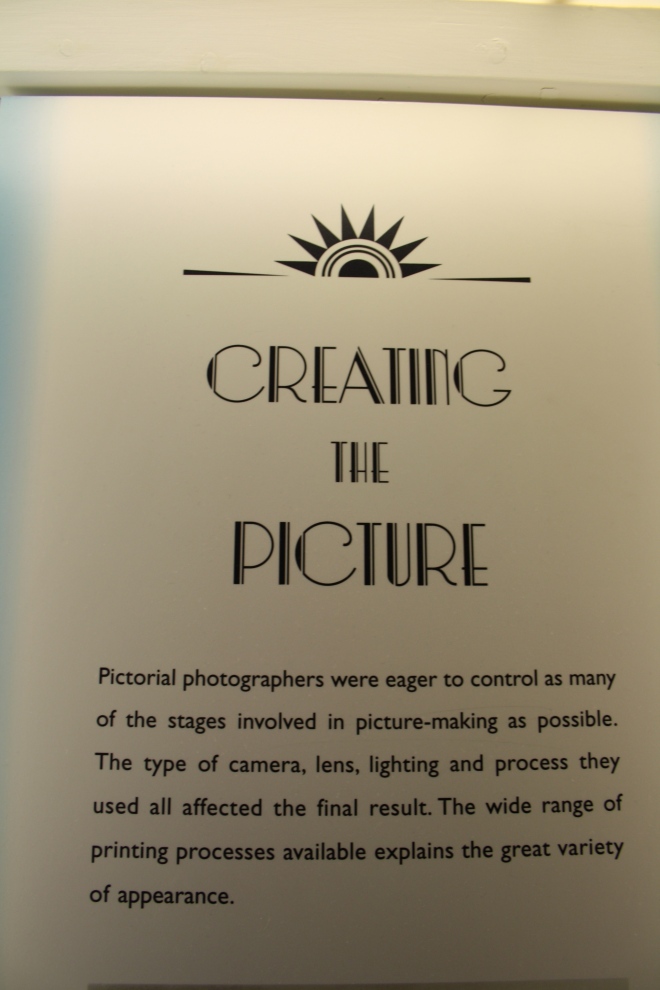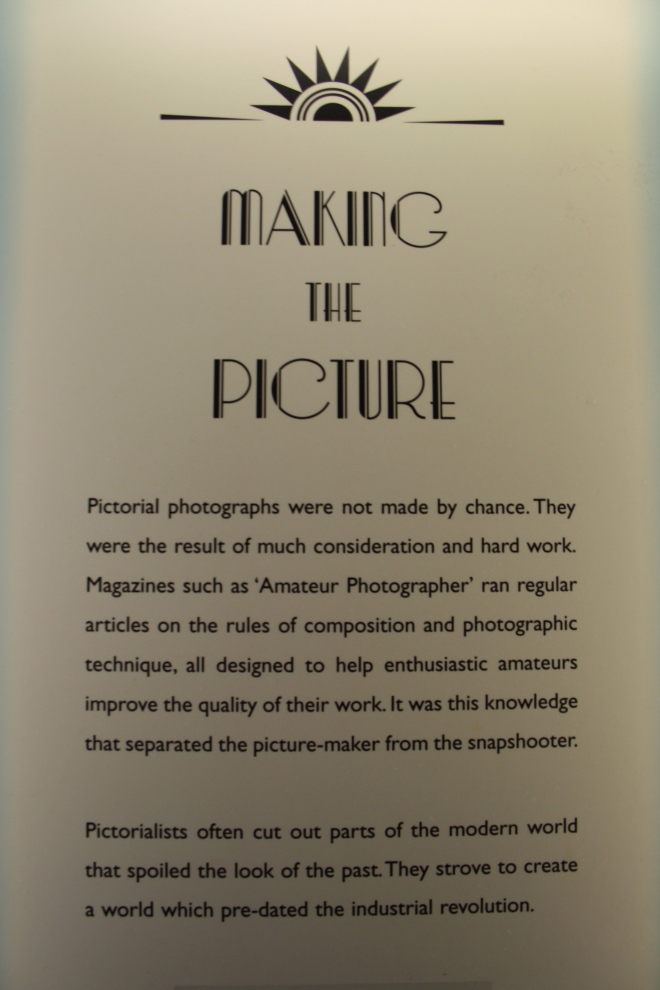what is the name of the work and who is the photographer? Russell Boyce – Road to WIgan pier.
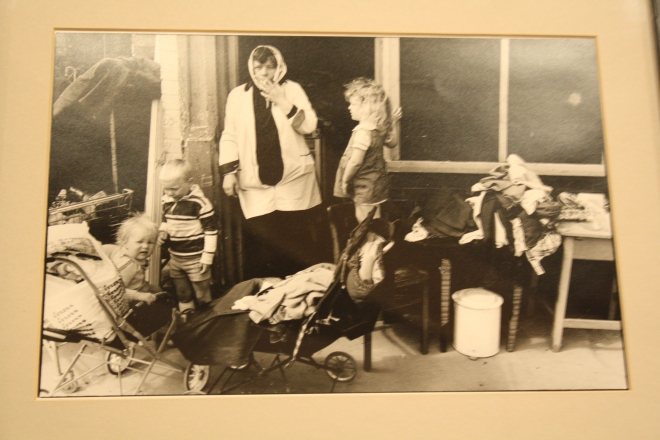
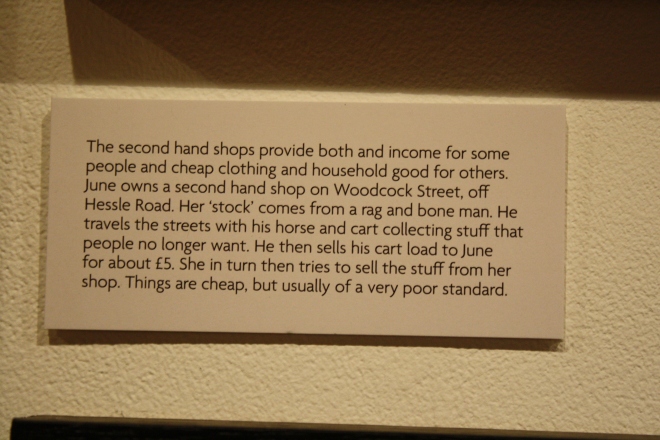
Describe what you can see. A black and white image of Tina, from Hull, smoking outside a second handshop with 3 children.
Do you like the image? Yes, its a powerful and emotional image showing the everyday struggle. Tina is trying to make a living by selling scond hand clothing and dressing herself and her children in them. The image sends a very strong message of poverty within the UK as the economy began to stubble with the collapse of the docks in Hull.
Consider the composition – where are things placed within the image? what effect does this have? The compsition of the image is ver interesting and unique. Although Tina and her children are the main focus, they are surrounded by clothing and dirt, which distracts the eye from the centre of the image and you find yourself looking all around. The compositions just another expression of Tina’s life and stubble, everything is everywhere. A mess.
What is the point of view?where was the camera positioned? close up or far away? what does this imply? The positioning of the camera is quite close and within her personal space, it gives the viewer the impression that they are just walking past the shop and having a glance and Tina and her children. The image is very informal.
What has been included in the image and what has been left out? The things that are included in the image are Tina, her children, second hand clothing and a cigarette. This shows all the things which would be important to Tina, her offspring and business, the two main factors which are key to her surviving and providing a living. The image does not show the docklands as the image is about Tina’s life. When interpreted it shows what effects the docklands closing down had on Hull and the economic turmoil which as forced Tina to live her life the way she is.
what type of light is present in he image? is it natural or artificial? What atmosphere / mood does this create? The image has used natural day light and is captured in black and white. This created a greater feeling of emotion. The use of black and white also helps convey Tina’s struggle. If colour was used it would be more vibrant and fun. In reality her life is dull and full of struggle.
Are any relationships formed between the image and other works in the exhibition? is it part of a series? How does this effect the meaning? The image is part of a series, A journey of Tina’s every day life and the economic effects which has been created by the closing of the Docklands. Unemployment and survival.
What associations does the work have for you? what does it make you thin about, how does it make you feel? What does it make you think about? The image to me generates a feeling of sadness and creates a sense of empathy for Tina. A mother and her 3 children struck by poverty due to economic struggle. Upsets me to think the government has allowed to put these people out of work by closing the docklands.
